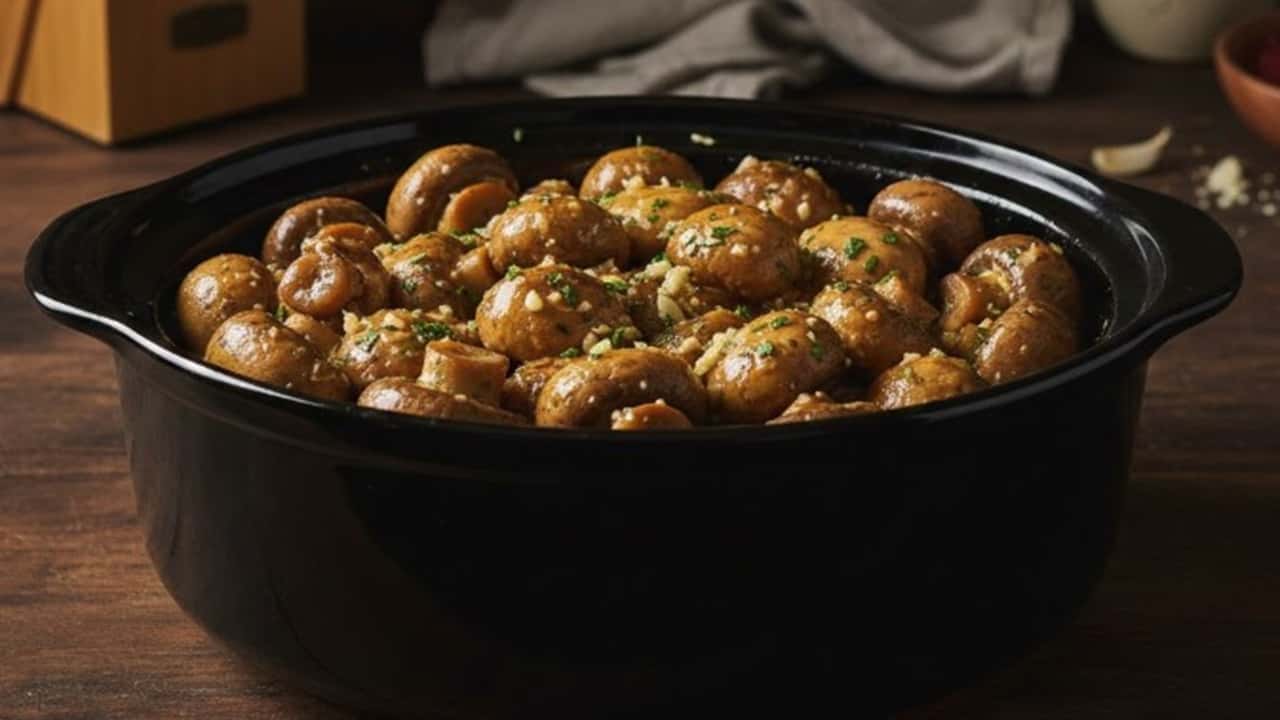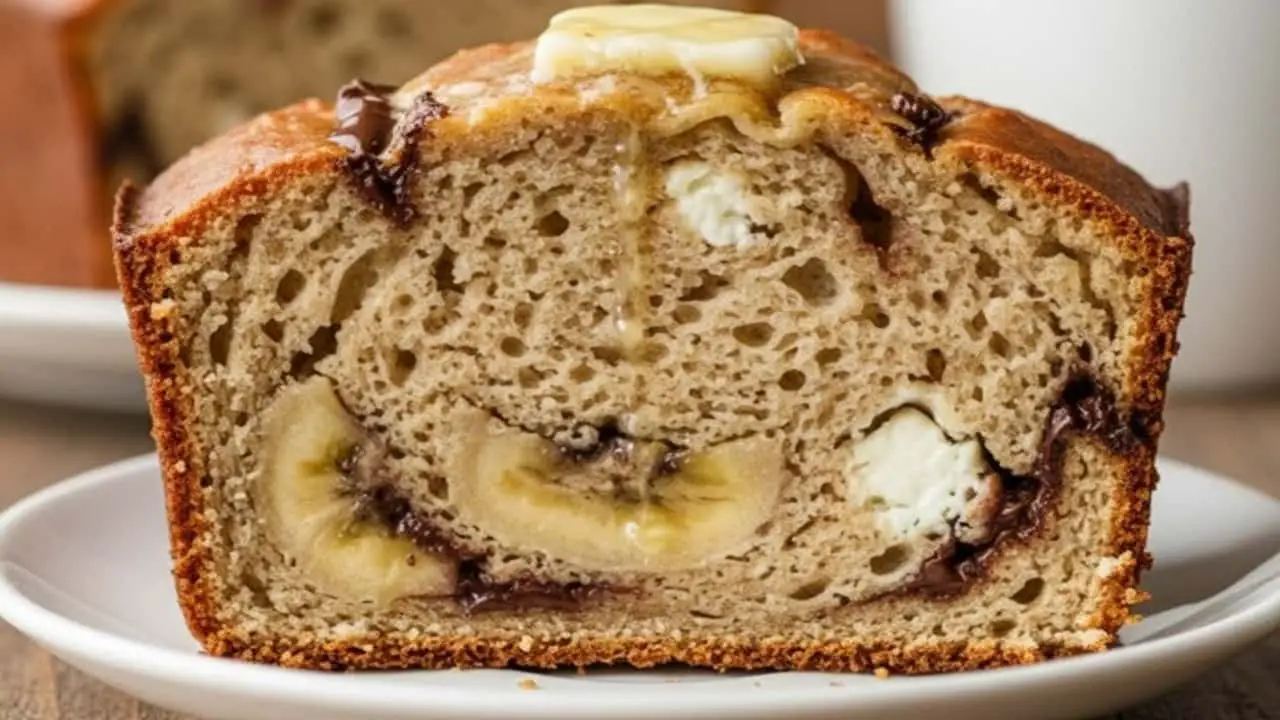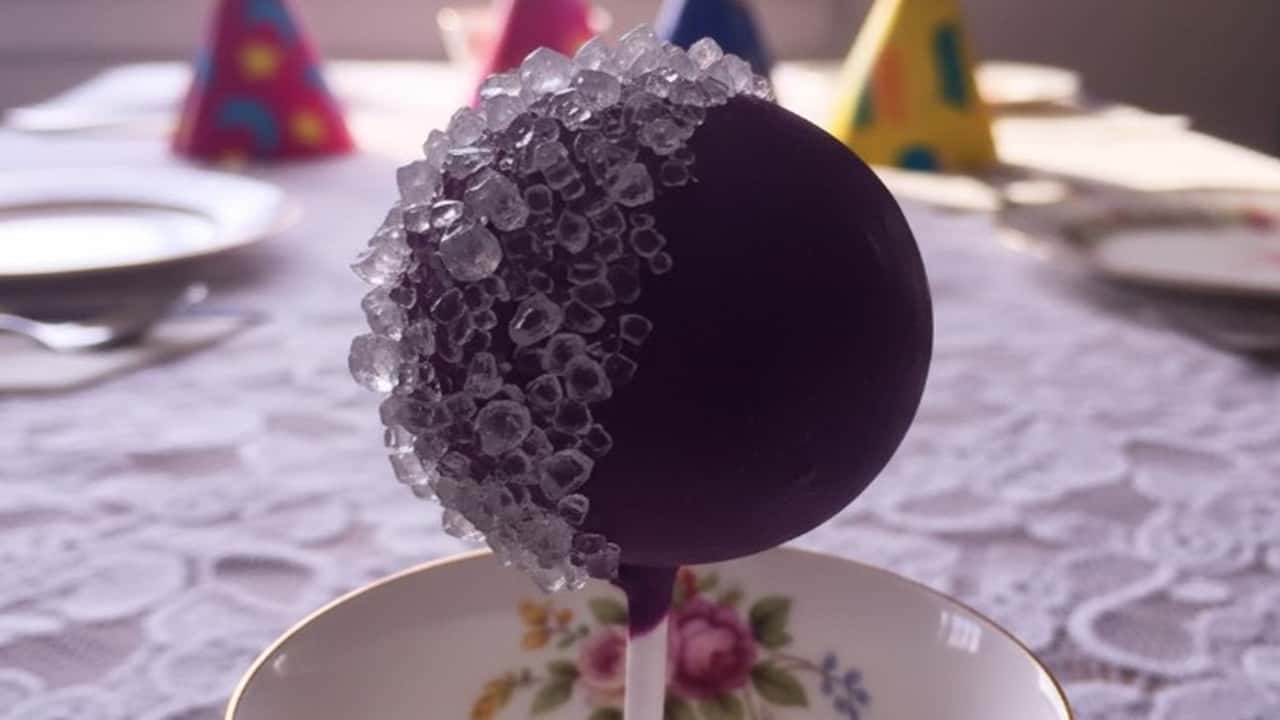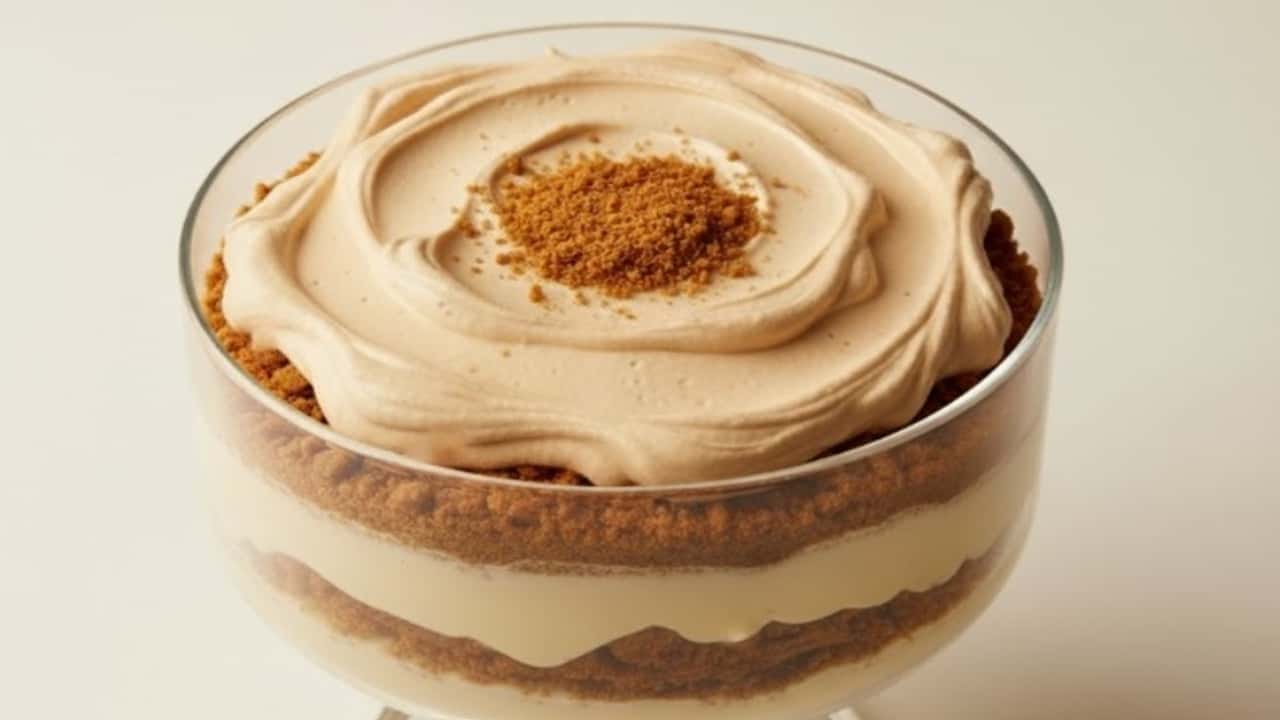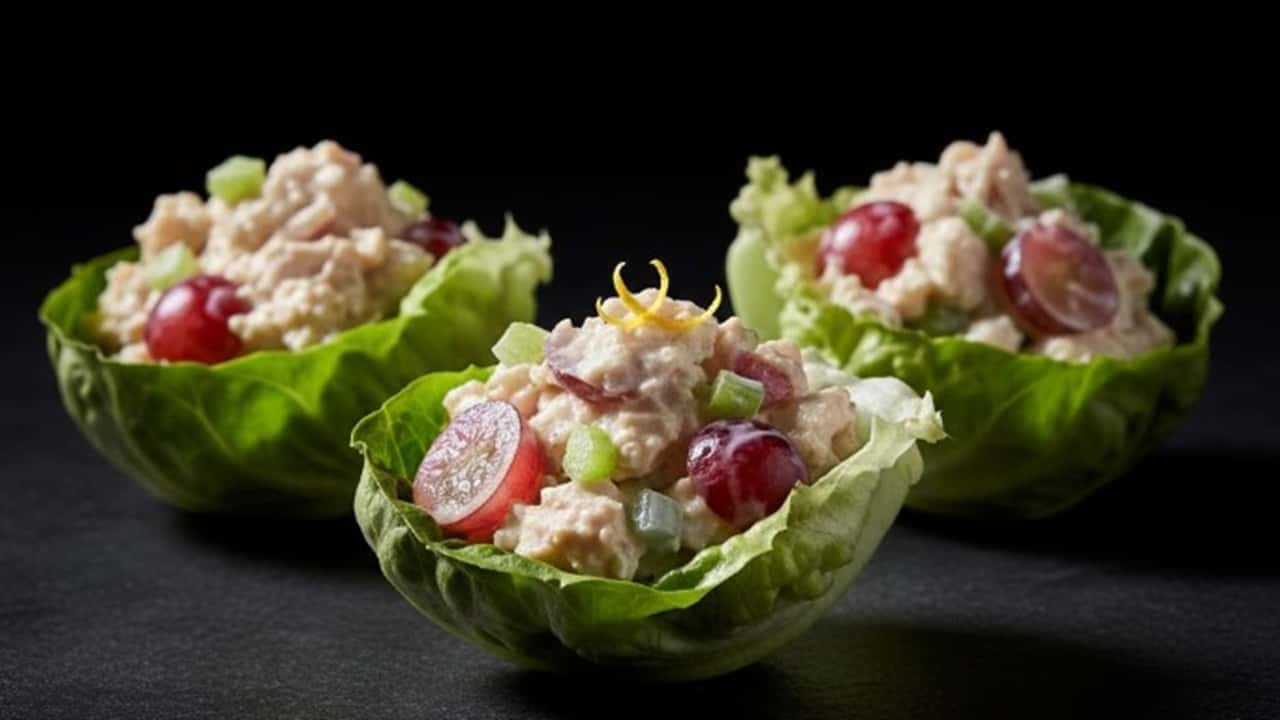Discover how a happy kitchen accident led to my signature Caesar dressing that’s been stealing the show at underground supper clubs across the city. Warning: This isn’t your grandmother’s recipe – but it might become your new obsession.
Remember that moment when you first tasted a properly made Caesar salad? Your tongue dancing with the ideal balance of umami, salty, and creamy flavours? Well, forget it.
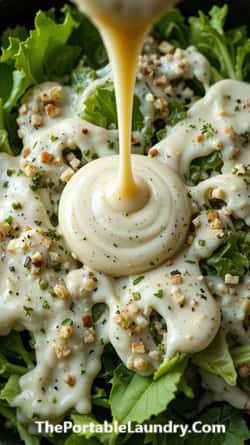
We’re going to make something even better today.
I’m about to share my revolutionary take on the classic Caesar dressing that will make you question everything you thought you knew about this beloved condiment.
Why You Will Be Addicted To This Caesar Dressing Recipe (No Exaggeration)
Here’s the thing about Caesar dressing – everyone thinks they know how to make it.
Toss some mayo, garlic, and anchovy paste together, and call it a day, right? Wrong. So very wrong.
The secret to an extraordinary Caesar dressing lies in understanding the science behind the emulsion and the art of layering flavors. But let me tell you a small anecdote before we get started.
Last summer, while catering a high-profile event, my traditional Caesar dressing separated right before service (every chef’s nightmare).
In a panic-induced moment of creativity, I grabbed my trusty Japanese mortar and pestle (more on this game-changing tool later) and started experimenting.
The result? A dressing so good, the guests asked for the recipe instead of their deposit back.
The Components That Add Uniqueness to This Caesar Dressing Recipe

- Double-Cured Anchovies: Instead of regular anchovies, we’re using Spanish double-cured anchovies aged in olive oil. The depth they bring is unmatched. Pro tip: I swear by the Ortiz brand anchovies (they’re not sponsoring me, I just love them).
- Black Garlic: Yes, you read that right. While traditional recipes use raw garlic, we’re incorporating fermented black garlic for a subtle sweetness and complex umami notes that regular garlic can only dream of.
- Duck Egg Yolk: Chicken eggs are fine, but duck eggs contain more fat and protein, creating an impossibly silky emulsion. If you can’t source duck eggs locally, I recommend checking out premium food marketplace for duck eggs, where I get mine shipped overnight.
- Aged Pecorino Romano AND Parmigiano-Reggiano: Using both cheeses creates a more complex flavor profile (Trust me on this one).
The Tools You’ll Need For This Authentic Caesar Dressing Recipe
Quick note: While you can make this dressing with basic kitchen tools, investing in quality equipment will elevate your cooking game significantly.
Essential Equipment:
- A Japanese Suribachi mortar and pestle (the grooved interior makes all the difference)
- Microplane grater for the cheeses
- High-quality olive oil cruet with a controlled pour spout
- Digital kitchen scale for precise measurements
I’ve tested dozens of brands over the years, and I’ll share my top recommendations throughout the recipe. These are affiliate links, but I only recommend tools I use daily in my own kitchen.
The Revolutionary Technique
The preparation technique is what really distinguishes this recipe.
Instead of simply throwing everything into a blender, we’re going to build flavors gradually using a technique I learned from a Japanese master chef.
Ingredients
For the Base:
- 4 fillets Spanish double-cured anchovies
- 2 cloves black garlic
- 1 duck egg yolk (room temperature)
- 1 tablespoon Dijon mustard (preferably Maille brand)
- 2 tablespoons fresh lemon juice
- 1/2 cup extra virgin olive oil
- 1/4 cup aged Pecorino Romano, finely grated
- 1/4 cup Parmigiano-Reggiano, finely grated
- Fresh black pepper
- Flaky sea salt (Maldon preferred)
The Detailed Method for Preparing Real Caesar Dressing
Step 1: The Anchovy-Garlic Paste
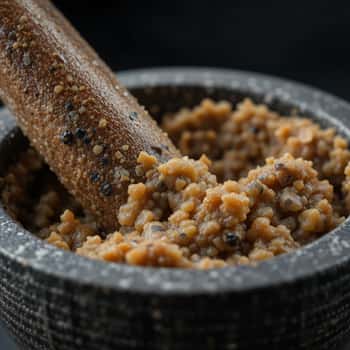
Begin by creating what I call the “flavor foundation.” In your Suribachi mortar, gently warm the bowl with hot water and dry thoroughly.
This temperature control helps the anchovies break down more easily.
In the mortar that has been heated, add the black garlic and anchovies.
Using a circular grinding motion (not pounding), work the ingredients into a smooth paste. The grooved pattern of the Suribachi will help create a perfectly uniform consistency.
Step 2: The Emulsion Base
Add the room-temperature duck egg yolk to your anchovy-garlic paste.
This is crucial: room temperature ingredients emulsify better. Blend by gently whisking with a fork.
Step 3: The Critical Moment
Now comes the most important part – creating the emulsion.
Add the Dijon mustard and begin whisking. Then, drop by drop (literally), add your olive oil while whisking constantly (This is where patience becomes a virtue).
Technique secret: I use this Japanese oil cruet with a small spout for precise control during this step.
Step 4: The Cheese Integration
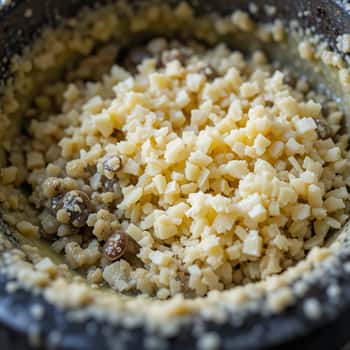
Once your emulsion is stable (it should look glossy and hold its shape), fold in both kinds of cheese gradually.
The combination of Pecorino’s sharp saltiness and Parmigiano’s nutty complexity creates an unmatched depth of flavor.
Step 5: The Final Balance
Stir in the flaky sea salt, freshly ground black pepper, and lemon juice. Taste and adjust.
The dressing should be bold but balanced, creamy but light, with no single flavor overpowering the others.
Storage and Serving Suggestions
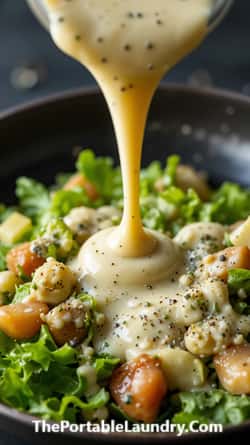
Store your masterpiece in an airtight glass container (I recommend these beautiful Italian-made jars) in the refrigerator for up to 3 days. Before using, let it come to room temperature and give it a gentle whisk.
Beyond the Basic Caesar
Now that you’ve mastered this revolutionary dressing, here are some unexpected ways to use it:
- Drizzle over grilled asparagus
- Use as a spread for gourmet sandwiches
- Toss with roasted fingerling potatoes
- Mix into your next tuna salad
- Use as a dip for crudités
Troubleshooting Tips
If your dressing breaks (it happens to the best of us), don’t panic.
Here’s my fool-proof rescue technique: Start with a fresh egg yolk in a clean bowl, and slowly whisk in your broken dressing. It works every time.
Final Thoughts
This isn’t just another Caesar dressing recipe – it’s a gateway to understanding the principles of emulsion, the importance of quality ingredients, and the joy of creating something extraordinary from simple components.
Yes, it takes more time than opening a bottle of store-bought dressing. Yes, some of the ingredients might require a special order.
But isn’t that what cooking is all about? Creating something memorable, something worth sharing, something worth mastering.
Also, I’ve curated a list of my trusted suppliers for the specialty ingredients used in this recipe. While these are affiliate links, I only recommend products I use personally:
